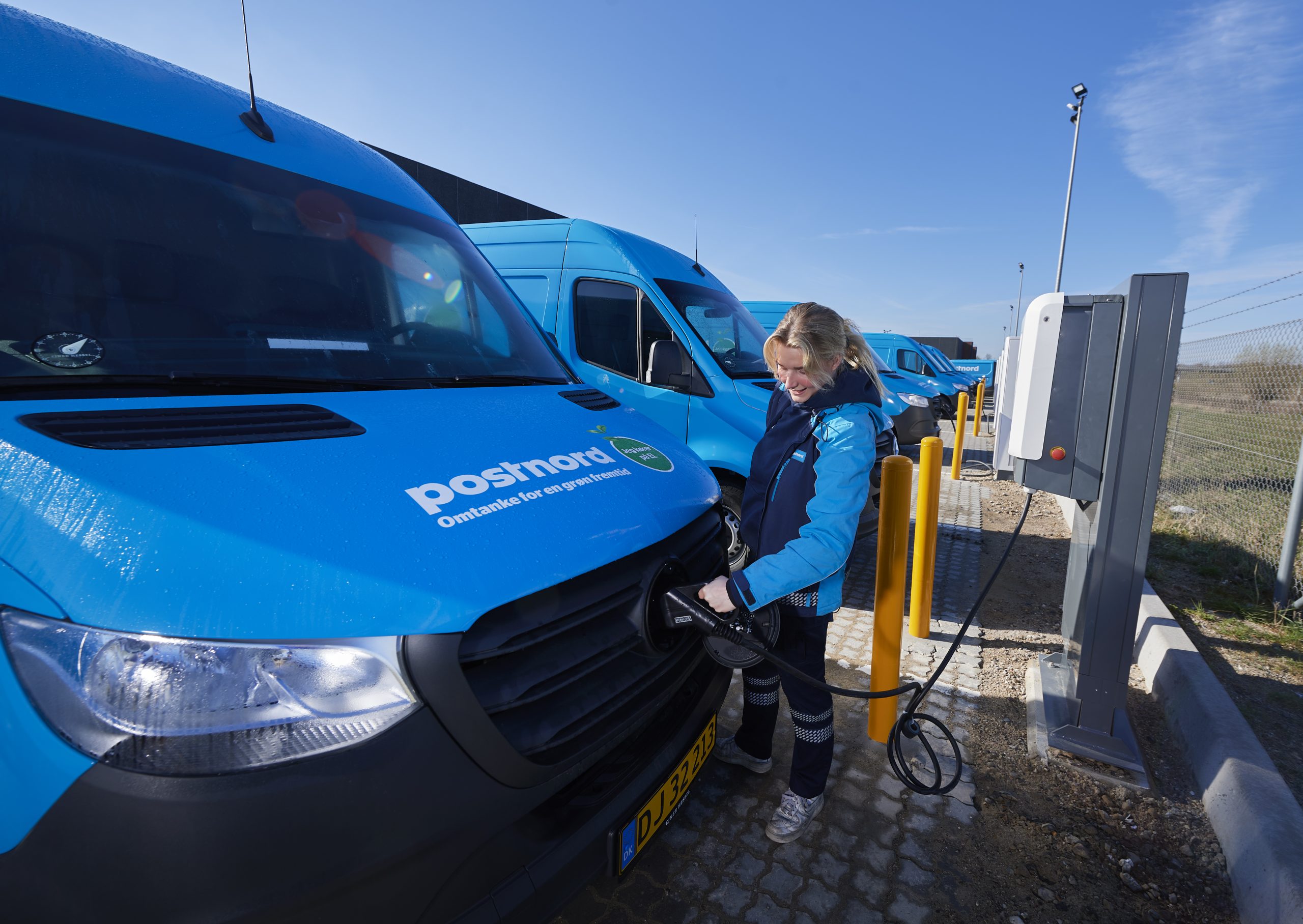Interview by Radio Sweden (Sveriges Radio), PostNord’s CEO Annemarie Gardshol spoke about the company’s climate transition and electrification.
PostNord’s journey towards fossil freedom basically happens in three phases: from fossil fuels being the norm, via increased use of biofuels, to mainly electric drive. We see electrification as the most important and, in the long run, cheapest way to make transport emission-free. Our scenario for 2030 implies electrification of approximately 70 percent, and we still expect to use and biofuels (mainly biodiesel and biogas) for heavy vehicles.
Challenging to electrify heavy transport
It is still quite challenging to electrify heavy transport. Vehicles need to be affordable in terms of total cost, offer a good range, and be rapidly and easily rechargeable. This in turn requires a well-developed charging infrastructure.
PostNord has come a long way – we have already electrified more than a third of our vehicle fleet. We have installed chargers at our terminals to be able to charge electric delivery vehicles. This is according to our target to achieve zero emissions in last mile transport by 2027.
Charging needs will increase radically
Here is the core issue – PostNord’s and the entire transport industry’s charging needs will increase radically as transport is electrified. Today’s electricity grid is not equipped for this – proactive expansion of the electricity grid and public and semi-public charging infrastructure is required.
Complex but doable
Many stakeholders are and will be involved in making all of this happen. Political leadership in line with science and ambitious climate policies is a must.
PostNord is converting a fleet of 13,000 vehicles from fossil-dependent to fossil-free. It is a complex mission but necessary, and doable – especially if we work together!
Listen to the Radio Sweden feature (in Swedish) here.
Source: PostNord
